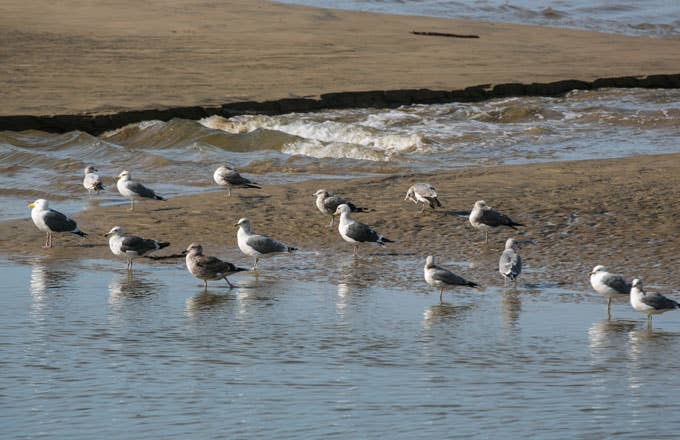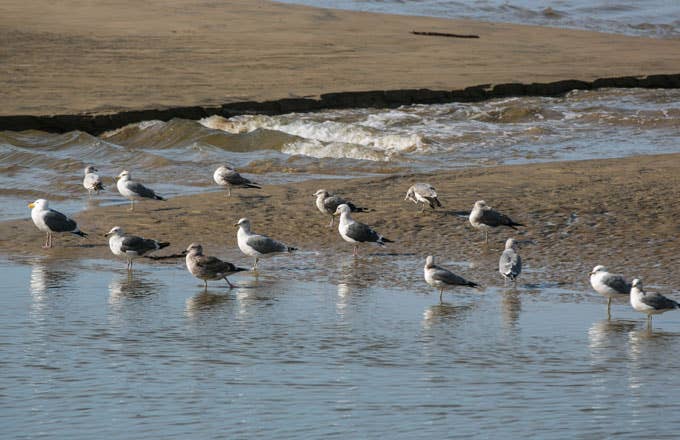
The U.S. Fish and Wildlife Service has come up with an idea to rid an island chain that sits west of San Francisco of its mouse problem, specifically by dumping a ton and a half of poison onto it to kill off the rodents. That idea was presented to the California Coastal Commission, and it concerns the Farallon Islands, which reportedly have a wide range of wildlife that's being/is already threatened by the rampant mouse population.
CNN reports that, in addition to the invasive rats, the islands are also home to a large number of seabirds and rare species, as well as five types of marine mammals.
Unfortunately (at least for the animals who had already inhabited the islands) about two centuries ago rodents were introduced to the ecosystem, and that infestation "led to long-term ecological damage." Just so you can picture it in your head, the island averages about 500 mice per acre. The U.S. Fish and Wildlife Service reports that the number of rodents that live in the island rival that of any island on the world. They also say that the mice were introduced along with rabbits and cats, and that there was already an attempt to remove them back in the 1970s.
Those rodents that survived that attempted removal have become prey for migratory burrowing owls. Unfortunately, when the mice aren't available, the owls will turn to preying on rare ashy-storm petrels (see: native birds) to satisfy their hunger. Not surprisingly, the mice also compete with native wildlife for resources, and have even been observed feasting on baby birds during bird breeding season.
To correct this the government has proposed an idea that would see them tossing 3,000 pounds of poisoned rodent bait, Brodifacoum-25D, to wipe out the mice. That may sound a bit extreme, but those in favor of the move argue it would restore the native seabird, amphibian, and plant populations.
You may be reading this and wondering how other animals would know to avoid the rat poison, which appears to be the main concern with this proposed plan. In addition to the potential poisoning of other species, the report also acknowledged that the poison could negatively impact water quality and marine resources if it ends up drifting into the ocean. The Wildlife Service countered this by saying any bait that made its way into nearby water would only lead to "temporary and localized reductions in water quality" even though the bait doesn't dissolve easily in H2O. They further say the poision won't have long-term effects to water quality or animals.
Conservationists remain unconvinced, with Richard Charter of the Ocean Foundation saying it would be akin to "using a shotgun to go after an ant." To add to that, environmental educator Maggie Sergio said this action "would be horrendous. Any animal that comes in contact with the poison pellets themselves will be impacted. Any animal that comes in contact with the dead mice will be impacted."
The proposal is set to have a hearing on Wednesday.

